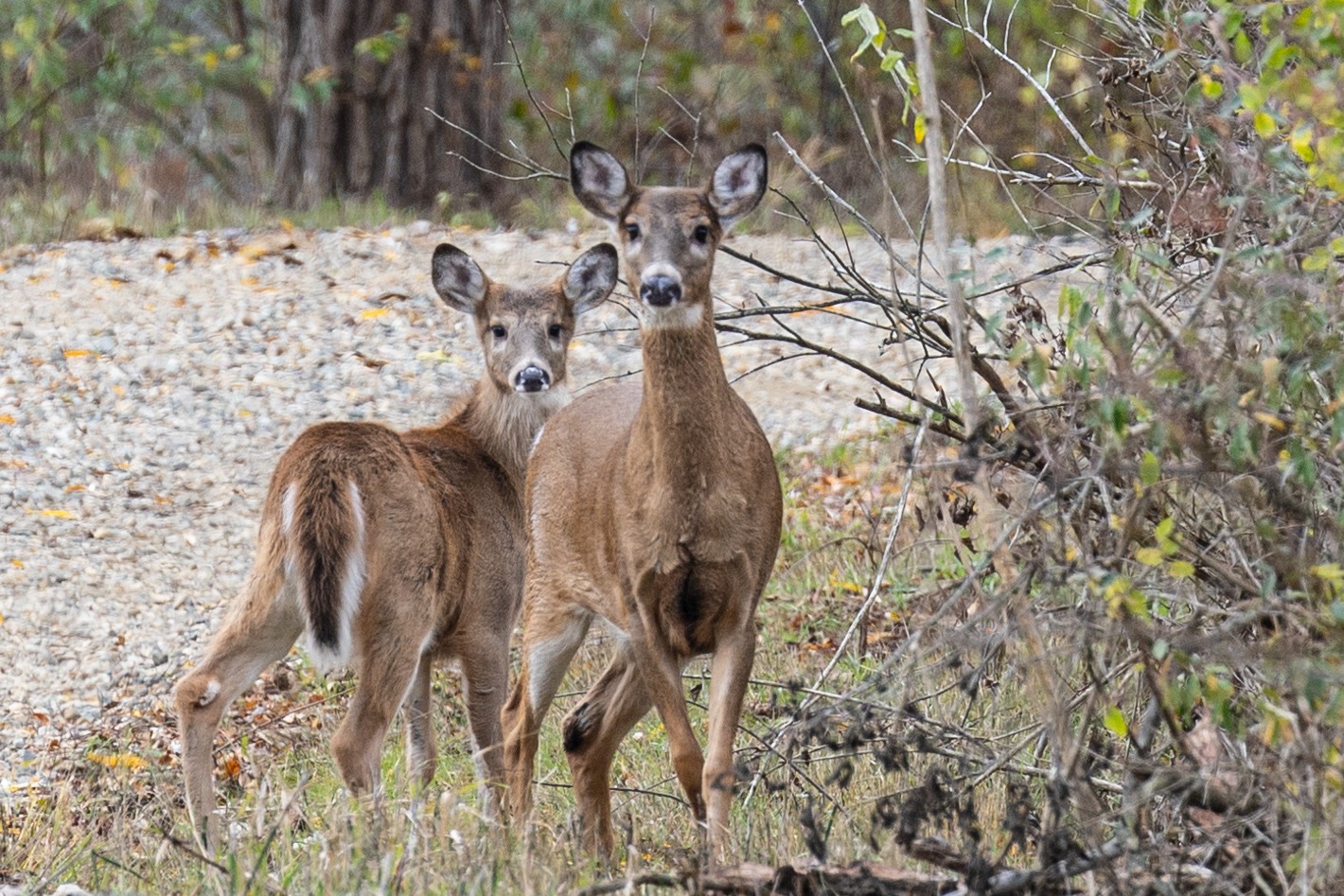The Michigan Department of Natural Resources has reported the largest deer outbreak to hit the state in 12 years. According to the department, outbreaks have been detected in 11 southwestern counties. Experts say this is the largest outbreak since 2012, and officials are taking urgent action to prevent further spread.
EHD Danger in Michigan: Authorities Report Wild Deer Cases
According to a press release, the DNR's Division of Wildlife Health has confirmed cases of epizootic hemorrhagic disease (EHD) in wild deer populations in the following counties: Barry, Berrien, Branch, Calhoun, Cass, Hillsdale, Kalamazoo, Kent, Ottawa, St. Joseph and Van Buren.
Epizootic hemorrhagic disease (EHD) is spread in white-tailed deer through the bites of infected black flies, but deer cannot directly transmit the virus to each other. While the disease can be fatal to animals, state officials say there is no evidence that it can spread to humans. This includes bites from infected black flies, contact with infected deer, or eating venison. The disease does not pose a health risk to humans.
“This outbreak is the most severe since 2012, but we expect to see a recovery in local deer numbers similar to what happened after the 2012 events,” Chad Fedewa, acting deer expert for the DNR Wildlife Division, said in a statement. He added that while hunting and wildlife viewing may be temporarily impacted, there are no long-term concerns for deer populations.
Epizootic hemorrhagic disease usually breaks out in late summer or early fall, but the first frosts lead to a sharp reduction in the number of midges that carry the virus, the report says. Symptoms in infected deer include loss of appetite, decreased natural fear of people, general lethargy, increased salivation, rapid breathing and heartbeat, and fever.

Infected deer often seek out water to cool down and lower their body temperature. While DNR officials do not expect EHD to have a significant impact on the state's overall deer population, individual areas could be impacted if mortality rates are high, Chad Fedewa said in a statement.
“Local deer populations typically return to normal within a few years of an outbreak,” he said. “We’ve seen this recovery process every time this virus has appeared over the last decade.” The release also noted that after the 2012 outbreak, herds began to recover within a few years, with full recovery taking about four to five years.
Authorities are urging anyone who suspects a deer has died or is sick with EHD to report their sightings to the DNR online. As of Wednesday, nearly 2,000 reports of dead deer had been submitted to the DNR's online form. The DNR encourages citizens to report possible cases even if further testing is not needed after the virus is confirmed in a county.
The effects of EHD are not typically countywide, state officials said. The infection most often affects deer that live near open mud ponds where the midges lay their eggs. Property owners are advised to properly dispose of deer carcasses if they intend to dispose of them, by allowing them to decompose, burying them deep enough, or transporting them to approved landfills, according to the release.
White-Tailed Deer: A Wildlife Icon of North America and Its Challenges
White-tailed deer, also known as Odocoileus virginianus, are one of the most common wild deer species in North America. These elegant animals, distinguished by their distinctive white tail that they raise when startled, inhabit a variety of environments, from dense forests to open fields and urban outskirts.
White-tailed deer have an excellent sense of smell and hearing, which helps them avoid predators and find food. Their diet mainly consists of grasses, leaves, berries, and tree bark. These deer are also known for their social behavior; they often gather in small groups, especially during the winter, which helps them better defend themselves from threats.

The breeding season, or "blush," occurs in November, when males begin to actively compete for the attention of females. After mating, females carry their young for about 200 days, usually giving birth to one or two fawns, which immediately begin to follow their mother.
Despite their beauty and adaptability, white-tailed deer face threats including habitat loss, hunting, and diseases such as epizootic hemorrhagic disease (EHD). It is important to protect these amazing creatures and their habitat so that future generations can enjoy their presence in nature.

